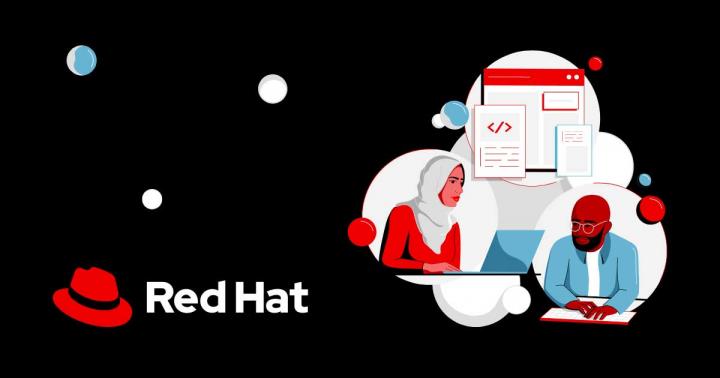Red Hat has announced the release of Red Hat Enterprise Linux 8.7.
Red Hat Enterprise Linux 8.7 is now available
The latest version of Red Hat Enterprise Linux 8
Organizations worldwide rely on Red Hat Enterprise Linux (RHEL) as the core of their enterprise IT infrastructure. In a rapidly changing IT landscape, they require a flexible, stable foundation to support hybrid cloud innovation, manage applications and deploy workloads efficiently across various environments. RHEL is that foundation, helping organizations operate confidently and power innovation.
The newest update for RHEL 8 is now here. With the full official release of RHEL 8.7, customers can automate manual tasks more efficiently, standardize deployments at scale and simplify the day-to-day administration of their systems.
What’s new in version 8.7?
RHEL 8.7 introduces a number of new capabilities, including the ability to view and manage system-wide crypto policies for consistency and reduction of risk, label and optionally encrypt data in sosreports generated in the web console, install only kpatch updates with improved kernel live patching workflow in the web console, download installation media when creating a new virtual machine within the web console, and edit custom firewall services.
Also included are several new RHEL system roles, especially the new Redfish Ansible automation modules, which let customers use the Redfish hardware management interface to control the power state of a system, manage the order of boot devices, manage Redfish accounts and virtual media, and more.
Enhanced capabilities added to RHEL 8.7 helps to simplify how customers manage security and compliance when deploying new systems or managing existing infrastructure. Organizations using Identity Management in RHEL can now take advantage of new Ansible tooling to configure smart card authentication across their entire topology. Additionally, they can now access RHEL systems using identities stored in an external source (such as AWS, Azure, Google, and more).
RHEL now gives you more time to plan your life cycle needs by supporting upgrade paths for two-year EUS periods. Leapp now supports in-place upgrades from RHEL 7.9 to 8.4 or 8.6, 8.6 to 9.0, and 8.8 to 9.2 (when these releases ship next year). This allows for a full two years to understand and plan for your upgrades. And Convert2RHEL now supports more flexible simultaneous landing releases (for example, from CentOS Linux 7.9 to RHEL 7.9, from CentOS Linux 8.4 to RHEL 8.4, and from CentOS Linux 8.5 to RHEL 8.5).
Red Hat Enterprise Linux for SAP
With the newly introduced RHEL system roles for System Analysis Program Development (SAP) and corresponding Red Hat certified Ansible collections, customers will benefit from a prescriptive and automated way to set up their SAP High-performance Analytic Appliance (HANA) high availability (HA) cluster. By leveraging SAP Hana system replication (HSR) and RHEL HA for SAP Solutions (Pacemaker), SAP customers will enjoy error-free tasks with reduced time and effort when setting up SAP HANA environments.
RHEL image builder
Red Hat Enterprise Linux image builder (provided in RHEL and as a hosted service at console.redhat.com) helps organizations build standard, optimized operating system images that can rapidly deploy across all runtime environments.
New capabilities in the on-premise version of image builder include security compliance with OpenSCAP profiles now defined in the blueprint file - users can now specify an OpenSCAP security profile to the image builder blueprint when building images to support their security compliance requirements. Additionally, embed containers, such as RHEL UBI, into images as defined in the blueprint file - users can specify in the blueprint that the image build will embed a container image (pulled from the container registry) that will be available for immediate use upon boot-up.
Updates for developers
RHEL 8 introduced the concept of Application Streams—multiple versions of user-space components that are delivered and updated more frequently than the core operating system packages. New Application Streams are added in each release, bringing new compilers, runtime languages, databases, and web servers. With RHEL 8.7, we are introducing many improvements, including Mercurial 6.2, the latest update to the Mercurial distributed source control management tool.
Additional resources
- Release Notes
- Documentation
- Product Download
- RHEL 8.7 Beta Blog
- Get started with Red Hat Enterprise Linux
Red Hat Enterprise Linux 8.7 is now available

